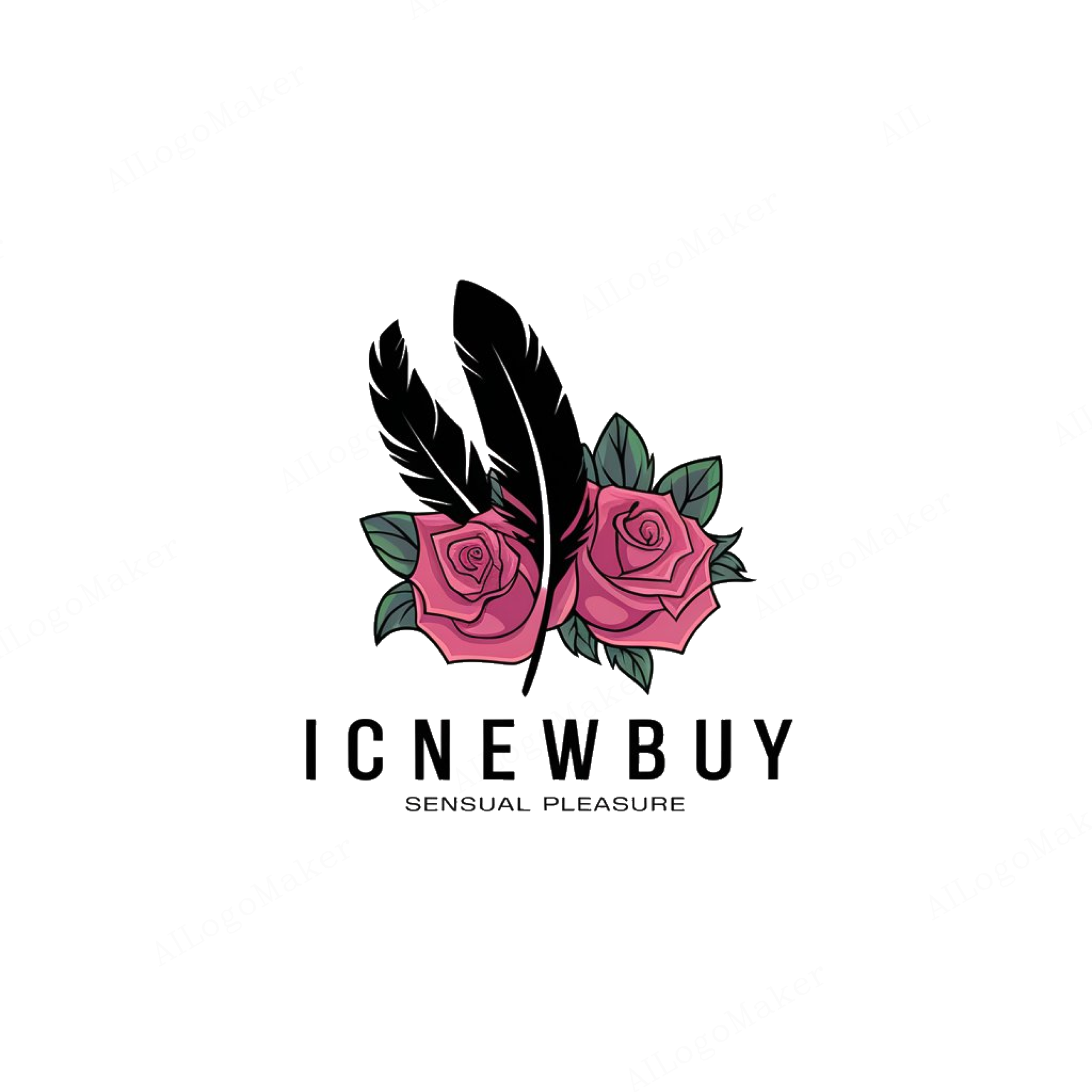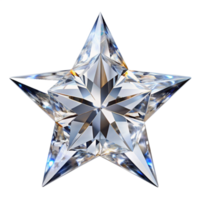Female Erogenous Zones Explained: How to Unlock Maximum Pleasure
Sexual pleasure isn’t just about penetration—it’s about understanding the map of a woman’s body. Studies show that 80% of women require clitoral stimulation to orgasm, yet many partners (and even women themselves) don’t know how to effectively explore these sensitive areas.
In this guide, we’ll break down:
- The science-backed erogenous zones every woman has.
- Step-by-step techniques to stimulate them (solo or with a partner).
- Common mistakes to avoid for a more satisfying experience.
A. The Clitoris: The Powerhouse of Pleasure
- Location: Above the vaginal opening, hidden under a hood.
- Why it matters: It contains 8,000+ nerve endings (twice as many as the penis!).
- How to stimulate:
- Use light, circular motions with fingers or a tongue.
- Try indirect stimulation (over the hood) if direct contact feels too intense.
- Pro tip: Pair clitoral touch with deep breathing to amplify sensations.
B. The G-Spot: The Controversial Hotspot
- Location: 2-3 inches inside the vagina, toward the belly button.
- Why it matters: Swells when aroused and can lead to squirting (though not all women experience this).
- How to stimulate:
- Use a “come-hither” finger motion (hook your finger upward).
- Opt for positions like doggy style or woman-on-top for deeper access.
C. Lesser-Known Zones: Neck, Nipples, and More
- Neck/ears: Gentle kisses or warm breaths can trigger shivers.
- Nipples: 30% of women report nipple orgasms due to neural connections to the genitals.
- Inner thighs: Build anticipation with feather-light touches.
How to Stimulate These Zones:
A. Solo Exploration
- Step 1: Set the mood with dim lighting and lube.
- Step 2: Start with non-genital zones (neck, breasts) to warm up.
- Step 3: Experiment with pressure and speed (e.g., “Try 3 slow circles, then 1 fast”).
B. Partner Play: Communication Is Key
- Phrases to use:
- “I love it when you…” (Positive reinforcement.)
- “Could we try…?” (Gentle suggestion.)
C. Toys & Tools
- Best for clitoris: Small vibrators like egg vibrators (quiet and waterproof).
- Best for the G-spot: A penis or dildo with a curve/bend
Myths vs. Facts: What Science Says
- Myth: “All women can squirt.”
- Fact: Only 10-54% report fluid release (study by Sexual Medicine).
- Myth: “The clitoris is just a tiny button.”
- Fact: It’s a wishbone-shaped organ extending internally (MRI scans prove it!).
Troubleshooting: When Pleasure Doesn’t Come Easily
- Problem: “I don’t feel anything from G-spot stimulation.”
- Solution: Try a full bladder (puts pressure on the zone).
- Problem: “Touch feels overwhelming.”
Solution: Use a barrier (like underwear) for a lighter sensation.
The Benefits of Exploring Erogenous Zones: Why It’s Worth Your Time
A.Enhanced Pleasure & Orgasm Potential
- Science-backed facts:
- Women who explore erogenous zones are 65% more likely to orgasm (Journal of Sexual Medicine).
- Combined clitoral + G-spot stimulation can trigger blended orgasms (more intense and longer-lasting).
- How it works:
- Increased blood flow → heightened sensitivity → amplified pleasure.
B.Deeper Trust & Communication with Partners
- Real-life example:
- Guiding your partner’s hand while saying “lighter here” practices consent and teamwork.
- Long-term impact:
- Couples who explore together report 42% higher sexual satisfaction (Kinsey Institute).
C.Reduced Anxiety & Body Shame
- Common concerns addressed:
- “Is my body’s response ‘normal’?” → Discovery reveals diversity is the norm (e.g., only 25% of women orgasm from penetration alone).
D.Sexual Health Prevention
- Medical connections:
- Clitoral stimulation promotes cervical mucus production, aiding vaginal self-cleaning.
- Expert quote:
- “Think of sensitive areas like muscles—they need exercise too.” — Dr. Emily Morse (Sexologist)
E.Unlocking New Sexual Possibilities
- Progression paths:
- From primary zones → secondary hotspots (e.g., top of feet, wrists).
- From physical pleasure → connection-based pleasure (e.g., eye contact during neck stimulation).

Your Journey to Pleasure Starts Here
Exploring your body’s erogenous zones isn’t just about better sex—it’s about empowerment, connection, and self-discovery. By understanding these pleasure pathways, you’re not only unlocking deeper physical satisfaction but also:
✔ Building confidence in your unique desires and responses
✔ Strengthening relationships through open communication and shared exploration
✔ Redefining pleasure on your terms—because there’s no “right” way to feel good.



